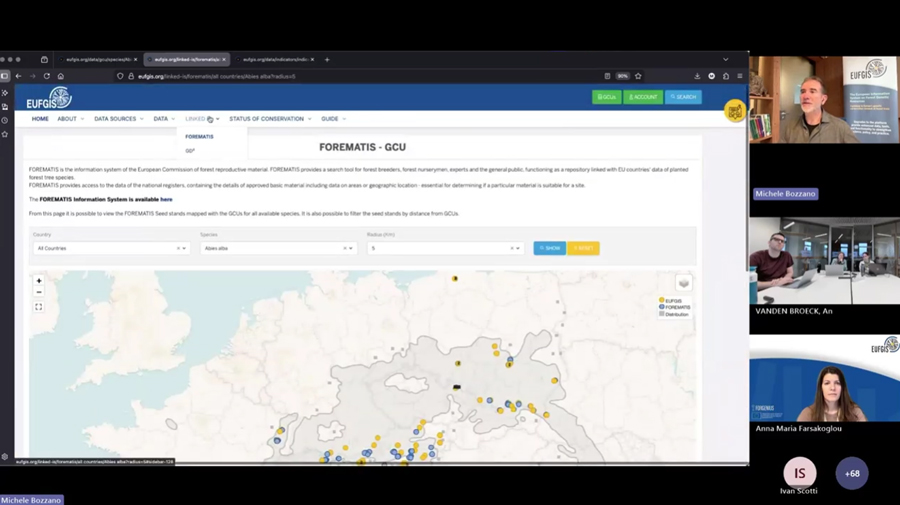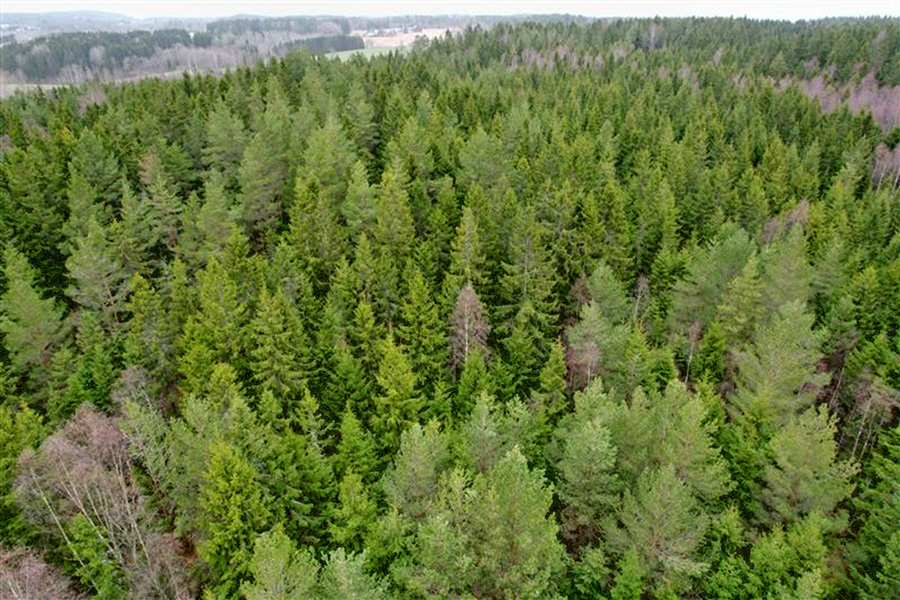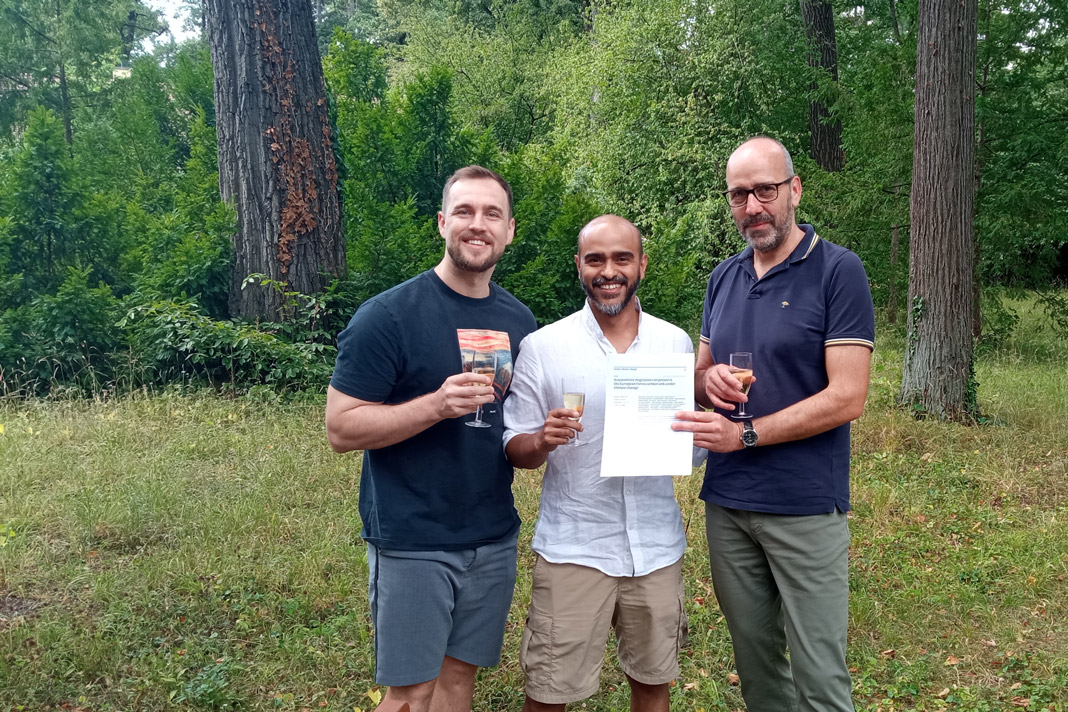New study highlights complexity of pine wilt disease and implications for management
A recent study has shed new light on the drivers of pine wilt disease in Europe, offering insights that could strengthen management practices and help safeguard Europe’s autochthonous pine forests.
Multiple factors associated with forest decline in the context of control measures for the pinewood nematode examines the complexity of pine decline in Portugal, where the pinewood nematode (Bursaphelenchus xylophilus) was first detected in the 1990s. Since then, cases of pine wilt have largely been attributed to this pathogen, leading to strict containment and control measures. However, the study shows that focusing on a single cause overlooks the interplay of multiple stressors.
Using a physiographic approach, the research assessed environmental conditions, topographic factors, biological agents and nematode infestation in a highly managed production forest. Results showed that:
-
Pine decline was aggregated across the landscape, with water availability playing a significant role.
-
Wilting trees were often affected by multiple biological agents, not only the pinewood nematode.
-
The nematode was also found in asymptomatic hosts, suggesting its capacity to persist in apparently healthy trees.
The findings highlight the multifaceted nature of pine forest decline and point to the limitations of current management practices that address pine wilt disease as a single-cause phenomenon. The study provides a critical review of existing measures and proposes a more holistic approach, integrating landscape-level factors and multiple biological interactions.
Full reference
Pimentel, C.S., Pires, D., Campôa, J. et al. Multiple factors associated with forest decline in the context of control measures for the pinewood nematode. Eur J Plant Pathol (2025). https://doi.org/10.1007/s10658-025-03122-0
This contribution was authored by David Pires, PhD Candidate at NemaINIAV (INIAV, I.P.) and NemaLab/MED (University of Évora).







